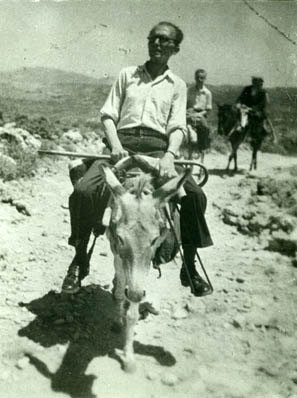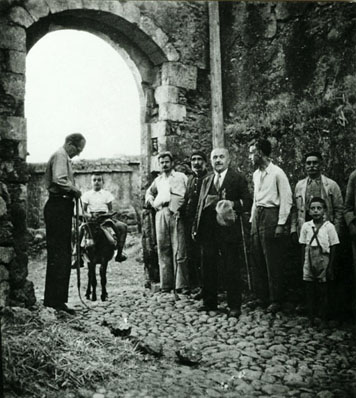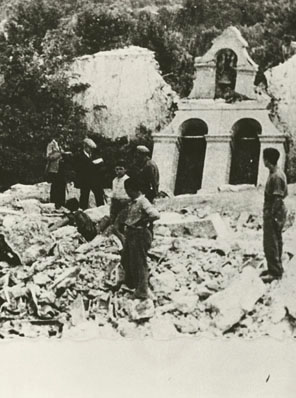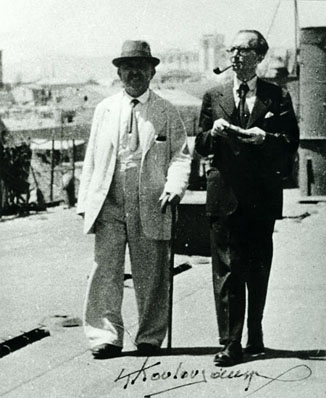World War II and Experiences in Post-War Greece (1939-1946)
Kazantzakis spent most of the Occupation secluded on Aegina. It was at this time that he turned to novel writing. In 1942 he went to Athens, where he met Sikelianos for the first time in twenty years, and asked the Homeric scholar I. T. Kakridis for bibliographic assistance in translating the Iliad.
After the Germans withdrew he returned to the capital, which was in the grip of civil conflict, and became involved in politics. He applied for election to the Academy of Athens, but lost by two votes; at the same time he was elected President of the Greek Writer’s Association.
In the summer of 1945 he toured Crete as member of the Government Committee for the Verification of German Atrocities. In November 1945 he married Eleni Samiou and was appointed Minister Without Portfolio in the Sofoulis government, but resigned three months later.
In early 1946 he attended the performance of his play Kapodistrias at the Royal Theatre, and in May of the same year was nominated for the Nobel Prize for Literature, together with Angelos Sikelianos.
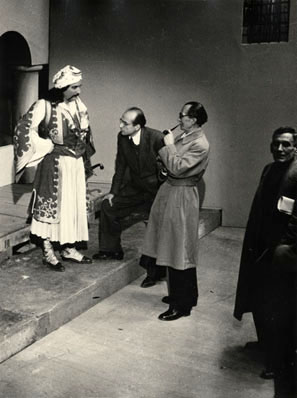
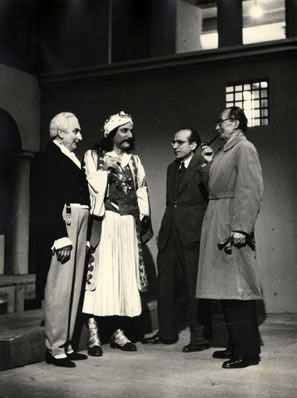
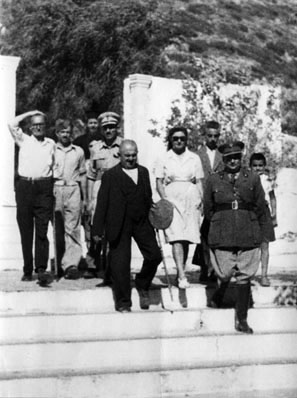
Occupation
During the Occupation the Kazantzakis couple lived in utter poverty. Eleni encountered countless difficulties on her journeys to and from Athens to get essential provisions, while their friends Thrassyvoulos Androulidakis and Yiannis Manglis helped as best they could.
From time to time Nikos appears to have been determined to give up writing and give himself over to action. Yet he judged that his creative work was the only way he could contribute to moulding post-war reality.
Later, he told the fellow-Cretan poet Minas Dimakis that all of his works during the Occupation were “about freedom, the thirst, the longing for freedom. Prometheus, Zorba, Constantine Paleologue”.
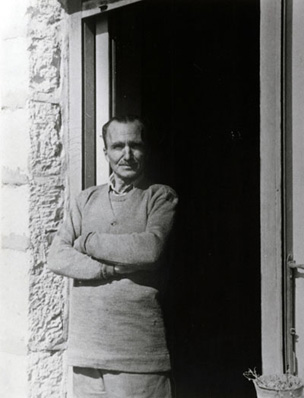
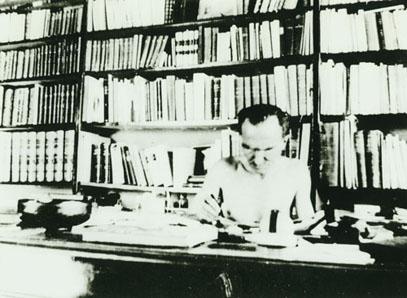
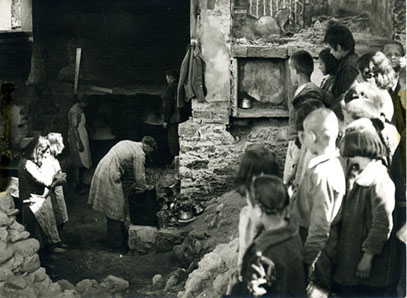
Novel Writing
It was during the Occupation that Kazantzakis began to write novels on a more systematic basis, following encouragement from Eleni.
From his letters to Prevelakis, it seems that he saw the novel as a form of personal recreation, as well as a means to express aspects of his character that did not fit in with the austere climate of his other works.
In addition, the novel gave him the opportunity to place his metaphysical reflections within the human environment of ordinary everyday life.
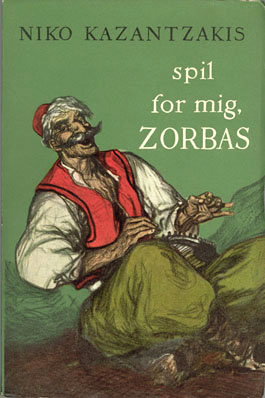
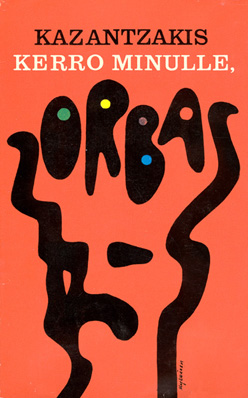
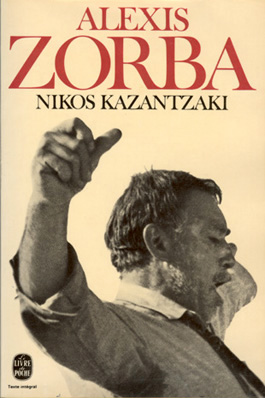
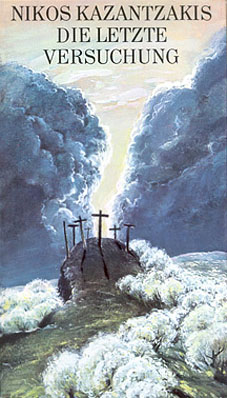
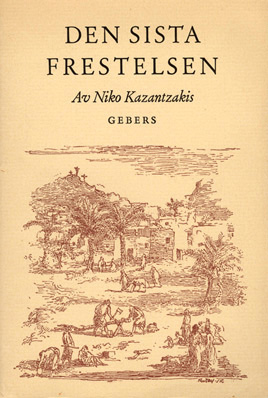
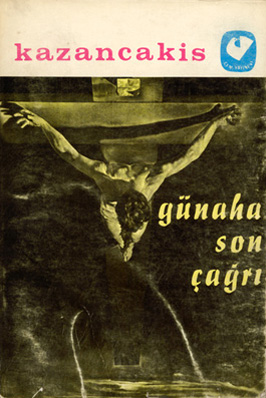
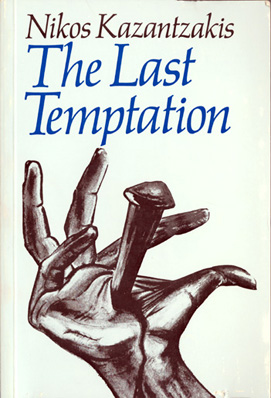
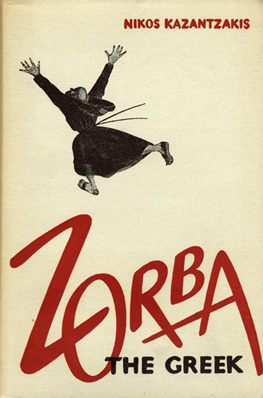
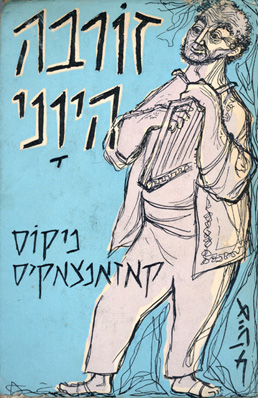
I. T. Kakridis
Kazantzakis first met I. T. Kakridis in the winter of 1942, in Georgios Papandreou’s office. At first he asked for bibliographic assistance in translating the Iliad, but later wrote to Kakridis proposing that they worked on the translation together.
The work was put aside for a while in the summer of 1945, when the two men came to Crete as experts to assess German atrocities. Over the years their collaboration lasted, they exchanged dozens of letters regarding problems with the translation.
Kakridis, who spent a month with Kazantzakis, first in Aegina and later in Antibes, recalls the feverish pace of their work, as well as the prodigious, laborious lexicographic research done by his collaborator.
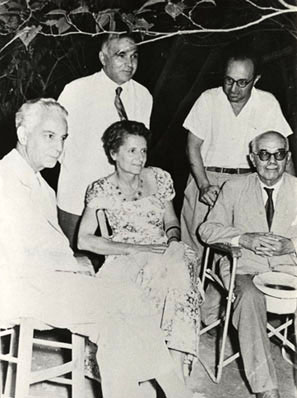
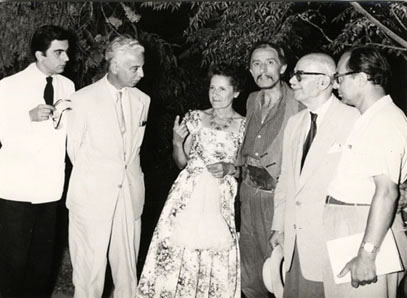
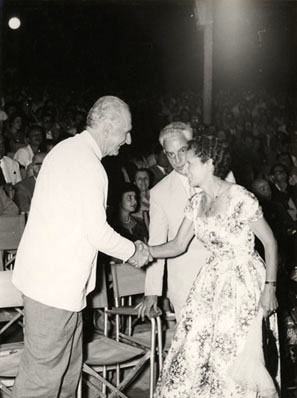
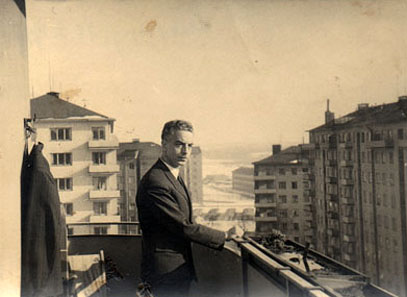
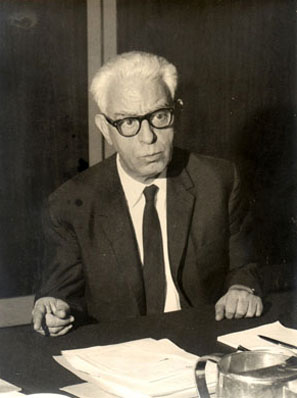
Civil Conflict
Kazantzakis arrived in Athens in December 1944, when the city was in the grip of the Greek Civil War. His experiences of the last months of the Occupation on Aegina had convinced him that following the liberation a painful new page in the history of Greece would be turned.
“I can already see rivers of Greek blood flowing in the streets of Athens after the liberation of the country from the Germans”, he wrote in 1943, on discerning the refusal of politicians to co-operate in ideological bridge building.
The tragic reality of the Civil War led him to become involved in politics once more, so as to achieve national unity.
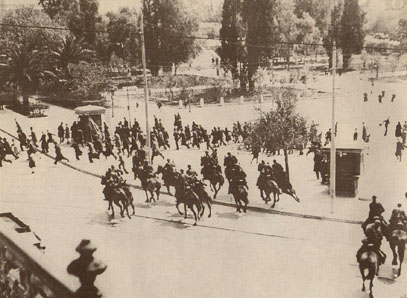
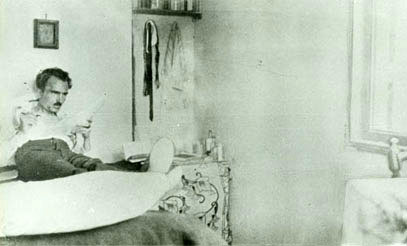
Involved in Politics
In Athens Kazantzakis held a succession of meetings with intellectuals and veteran socialists in a systematic effort to unite the various socialist groups.
A decision was taken to found the Democratic Socialist Party of Greece, leading on to the emergence of the Socialist Workers’ Union. With Kazantzakis as its president, this aimed to avert national schism.
It was as the Union’s representative that the author was sworn in as Minister Without Portfolio in the coalition government headed by Themistocles Sofoulis, serving from November 1945 to January 1946.
After the Union was merged with the socialist farmers’ parties that had left the National Liberation Front, Kazantzakis resigned the presidency. Alexandros Svolos was elected his successor.
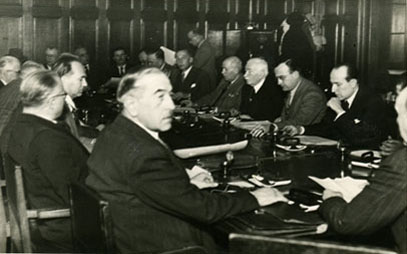
Member of the Committee
In June 1945, the Greek government formed the Central Committee for the Verification of German Atrocities on Crete, with N. Kazantzakis, I. Kalitsounakis and I. Kakridis as its members. Suffering unbelievably adverse conditions, they travelled through Crete with the photographer K. Koutoulakis.
In his letters to Eleni, Kazantzakis described the tragic images of the grief-stricken population, total destruction and villages in ruins. Several of these same images were later to be incorporated into Freedom and Death.
